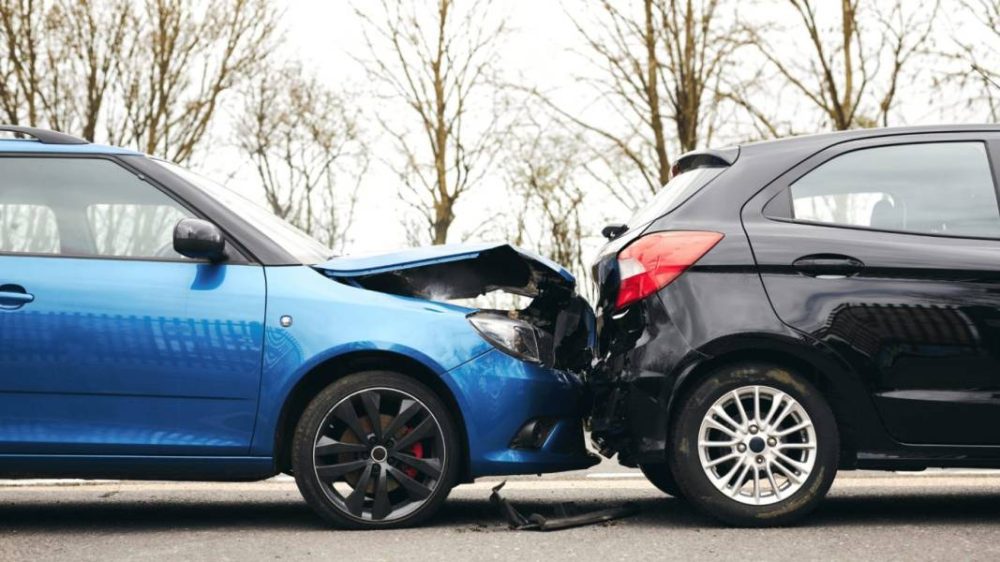Car accidents are an unfortunate reality that nearly every driver will face at some point. Yet, many people misunderstand how fault is determined in these situations. It’s rarely as simple as blaming one person outright. Factors like road conditions, driver behaviour, and evidence all play a part in deciding responsibility.
This confusion often leads to frustration and misconceptions among drivers involved. To navigate these complexities better, it’s important to understand the car accident fault determination rules in QLD and how they apply in real-life cases.

Verbal Snares of Blame
While it may be a common misconception among drivers that fault is always black and white, this isn’t often the case. Accidents involve an interplay of multiple factors, such as road conditions, driver behaviour, and vehicle maintenance. Every single one can impact who gets blamed. Many drivers think that the person hitting another vehicle in the rear is automatically liable, but that’s not the case. Let the lead car stop for no reason, and the outcome may change.
Impact of Road Conditions
The weather and road surfaces can cause accidents. Skidding due to icy/wet roads makes it harder to determine fault. It wouldn’t be the driver’s fault if their vehicle spun out of control after hitting a spot of ice on the road. If negligence can be proved, blame can be divided among several entities, such as the road maintenance authorities.
Role of Traffic Laws
While traffic rules are meant to avoid accidents, drivers sometimes misinterpret them as fault assignments. Even if your country is not to blame, you are still wrong. If there is an accident, for instance, and a driver speeds in the proper lane, they may still be partially at fault. Abiding by traffic rules is important, but it does not play the only role in determining fault.
Witnesses and Evidence
Evidence is necessary for determining who is at fault. If the insurance company is trying to blame you despite clear evidence that the other driver was at fault, any witness statements can help clarify what happened before the accident. It can help clarify what happened that day, including pictures of the scene along with positions of the vehicles, as well as any apparent damage. Maybe you did not give enough consideration to the work you are doing, and the drivers are often not aware of how important these elements are to the organisation of the fault assumption.
Influence of Technology
Today, many cars are integrated with technology that can help them analyse accidents. Dashcams and onboard sensor data can share speeds, braking behaviours, and even actions directly before a crash. This technology can provide clarity and reduce disputes over whose fault it is. However, many drivers are still unaware of how they can use these tools to their advantage in these scenarios.
Insurance Providers Only Care Who is At-Fault
Insurance companies’ methods of determining fault are frequently misunderstood, even though they have an outsized impact. They investigate, assessing the evidence and testimony before making up their minds. The key is to limit losses by working closely and, at times, patiently with the insurers involved to get the right result.
The Myth of Partial Fault
A misbelief is that blame rests with one party. In reality, more than one driver may be at fault. This is the theory of comparative fault, so there may be some percentage of fault for each party. Recognising this might help you avoid surprises after the insurance company processes the claim, because compensation could also be reduced where the two parties share responsibility.
Legal Aspects and Fault
Another misunderstanding drivers often have about fault is related to the legal aspects. And there lies the case for reaching out to those who know the law. Lawyers analyse the details of an accident and provide insight into how the courts may assess responsibility. Do not assume you know your legal status without professional guidance.
What to Do After an Accident
Knowing what steps to take after an accident can play a key role in establishing fault. Get to safety (if you can) so you reduce the risk of getting harmed. Call first responders or go to the hospital if necessary. Take pictures at the scene and get names and numbers of potential witnesses. An immediate report of the accident should be made to the authorities and the insurance company. All of these actions can assist with the proper determination of fault.
Educating Drivers
Addressing misunderstandings about blame requires education. Drivers should be taught about traffic laws, what steps they should take if there is an accident, and how evidence is involved. The purpose of awareness campaigns and driver education courses is to create an understanding that is not limited to knowing the laws of the road or the importance of wearing seat belts in the event of an accident.
Conclusion
Determining fault in a car accident is not as easy as right versus wrong. It involves several different factors. Frustration and other inequitable outcomes stem from an imbalance of fault, and they are all rooted in misunderstanding. Addressing these misconceptions and encouraging drivers to educate themselves can help people better navigate these situations. Gaining a better insight into the concept of fault can help you prepare better, not just for yourself, but also to ensure the safety of others on the road.
HedgeThink.com is the fund industry’s leading news, research and analysis source for individual and institutional accredited investors and professionals









